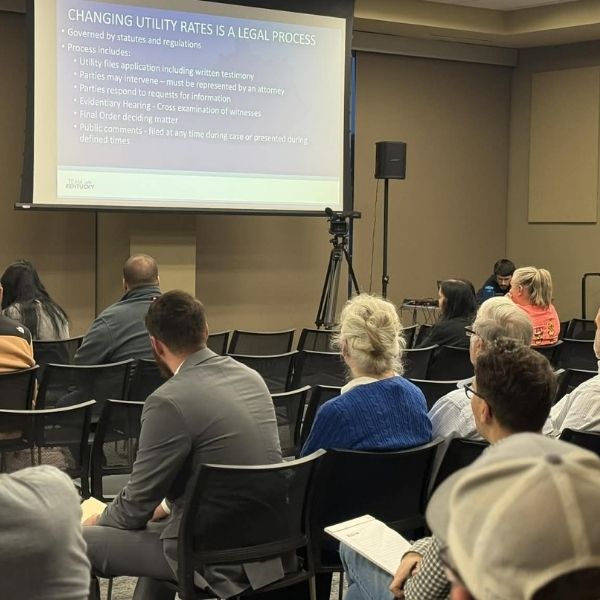More than 1,000 West Virginians with disabilities, most of them children, are waiting for critical support through the state’s Intellectual and/or Developmental Disability (IDD) Waiver program, which currently lacks the capacity to serve them.
According to the Department of Human Services (DoHS), the program had just 139 available slots earlier this year. The IDD Waiver provides funding for therapy, crisis services, and support, helping people with disabilities live and receive care in community settings rather than institutions. As of Oct. 7, the waitlist stood at 1,031 individuals, including 789 children under age 18.
“We do not have the proper level or amount of care in this state to provide services to that many children, but keeping them on a waitlist when they need help is very concerning,” said House Health Chair Del. Evan Worrell, R-Cabell.
Medicaid-eligible children age 3 and older can access services such as speech therapy and crisis intervention, which are essential to avoid placement in residential facilities. The program also provides respite care for parents and caregivers.
“I know one family in Wayne County — she’s not had a respite worker in three years,” said Brad Story, CEO of the West Virginia Behavioral Healthcare Providers Association. “It’s concerning.”
Lawmakers Consider Forcing DoHS to Use Funds as Intended
DoHS has not provided details on how it plans to reduce the waitlist. Worrell said lawmakers might have to step in, ensuring that all IDD waiver funds are used specifically for people with disabilities.
“There was testimony last year that for over five years, Medicaid had not spent the allocated [IDD waiver] funds on that program,” Worrell said. “They transferred the funds to other areas of their agency to use for other items. That should not be allowed.”
He added that he plans to push for language in the state budget that would require DoHS to spend the money as intended.
Longstanding Issue Despite Past Promises
Former Gov. Jim Justice made clearing the IDD waitlist a political priority in 2019, insisting it was “nonnegotiable.” He again pledged to address it during his U.S. Senate campaign last year, announcing a pay increase for direct care staff.
However, the problem persists, largely due to a severe workforce shortage.
“You’ve got to have workers,” Story said. “Those families really need services … I just hope when they finally get their [IDD waiver] slots, there’s a workforce available.”
Efforts to Improve Pay and Retain Workers
Gov. Patrick Morrisey recently announced a Medicaid rate increase to improve pay for direct care workers, who currently earn $13 to $15 an hour. The change aims to help providers recruit and retain staff using state and federal Medicaid funds.
“I’m so thankful the governor raised these rates to not only stop the loss of these important services, but maybe for others to open up these services,” Worrell said. “It’s a great start, but now we need to ensure those funds are being spent on the IDD community only.”
Story welcomed the increase but said wages must reach around $17 an hour to compete with larger companies like Starbucks and Sheetz.
According to DoHS, removing just 50 people from the waitlist costs roughly $3.9 million per year.
“While on the managed enrollment list, applicants may receive services such as therapies and targeted case management through Medicaid until a slot becomes available,” said DoHS spokesperson Angelica Hightower.
Hightower added that federal funding cuts under former President Donald Trump did not contribute to the current waitlist issue.











Leave a Comment